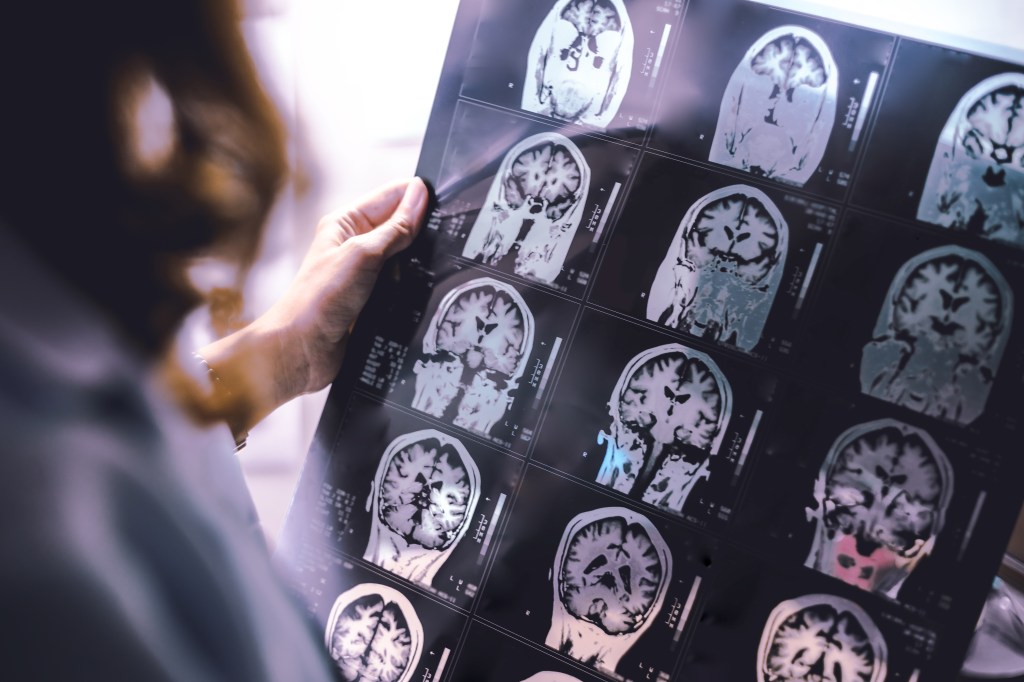UK scientists say they have developed a “first-of-its-kind” test that can predict the onset of dementia up to nine years before an official diagnosis is made.
The model — touted as more than 80% accurate — relies on scans of a network within the brain that is more active during periods of quiet rest. The findings were published Thursday in the journal Nature Mental Health.
5.8 million Americans have Alzheimer’s disease and related dementias, according to the Centers for Disease Control and Prevention. That number is projected to grow to 14 million people by 2060.

No single test can diagnose dementia — the Queen Mary University of London researchers say their system is more reliable than memory tests and measurements of brain shrinkage that doctors may use when gathering information about the patient.
The new model utilizes functional MRI — a non-invasive medical imaging tool — to detect changes in the default mode network, portions of the brain that are especially active when our mind wanders and particularly vulnerable to Alzheimer’s disease.

The team said it takes about six minutes to collect the necessary data on an MRI scanner.
“We hope that the measure of brain function that we have developed will allow us to be much more precise about whether someone is actually going to develop dementia, and how soon, so that we can identify whether they might benefit from future treatments,” said Charles Marshall, who led the research team.
The researchers analyzed functional MRI scans from over 1,100 UK volunteers to estimate the effective connectivity between the 10 regions of the brain that constitute the default mode network.
Each participant was assigned a dementia probability — their medical data was used to confirm if the prediction was right.
For those who developed dementia, the model could predict within a two-year margin of error how long it would take the diagnosis to be made.
“Using these analysis techniques with large datasets we can identify those at high dementia risk, and also learn which environmental risk factors pushed these people into a high-risk zone,” said lead study author Samuel Ereira.
“Enormous potential exists to apply these methods to different brain networks and populations, to help us better understand the interplays between environment, neurobiology and illness, both in dementia and possibly other neurodegenerative diseases,” he added.
There is no cure for dementia, but medications can help manage symptoms and slow disease progression.














